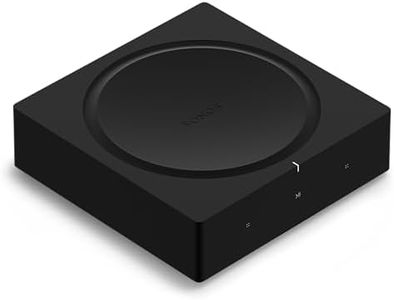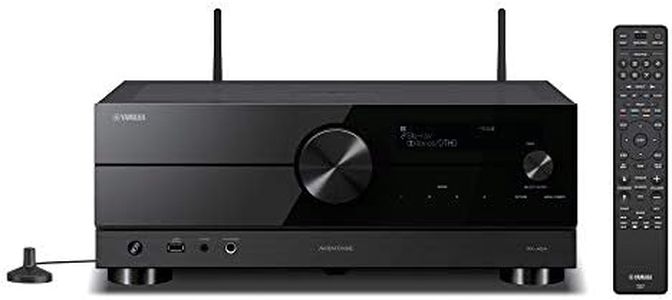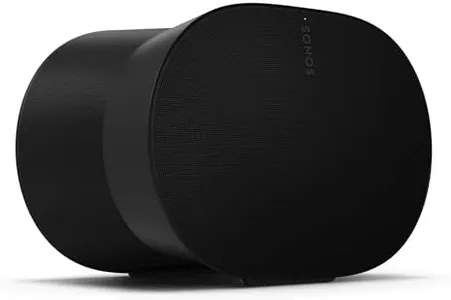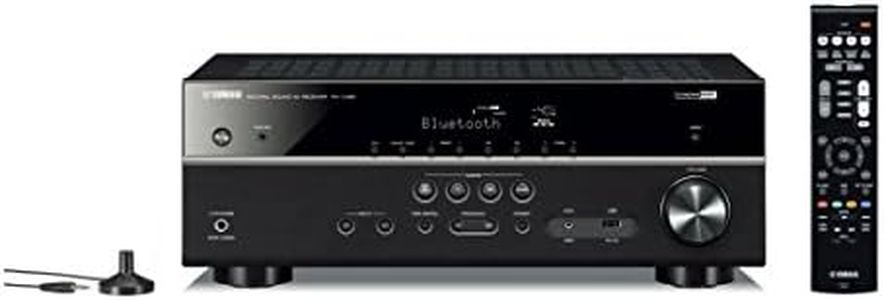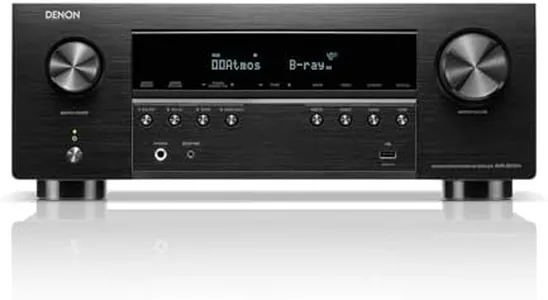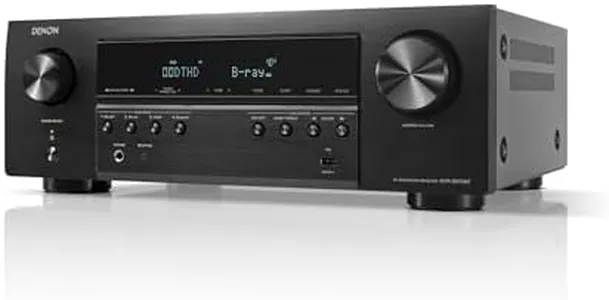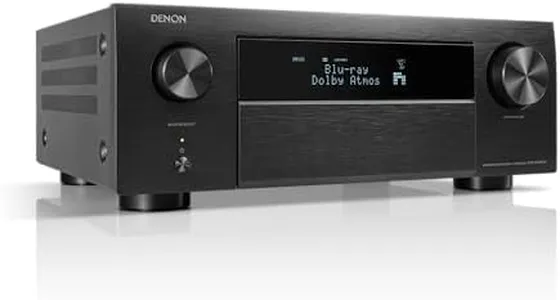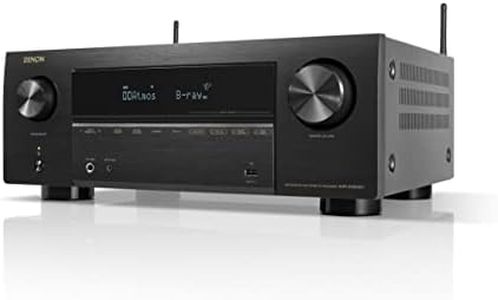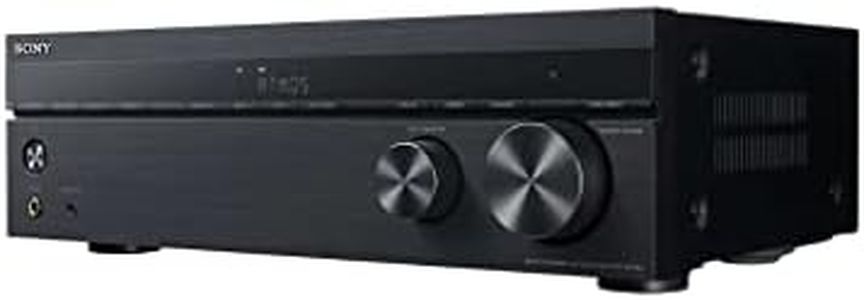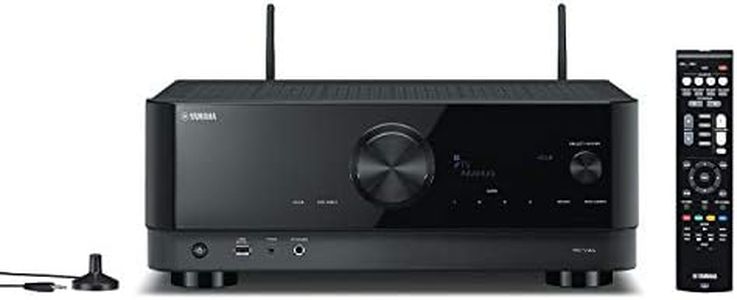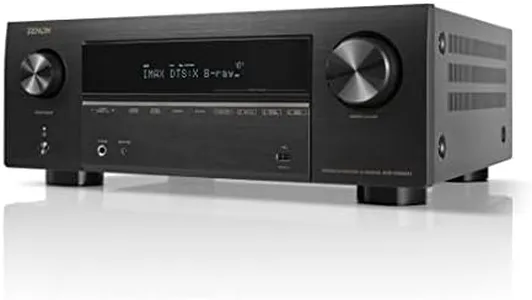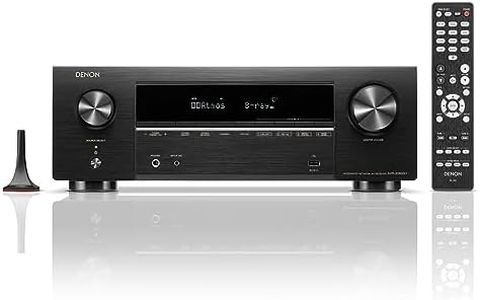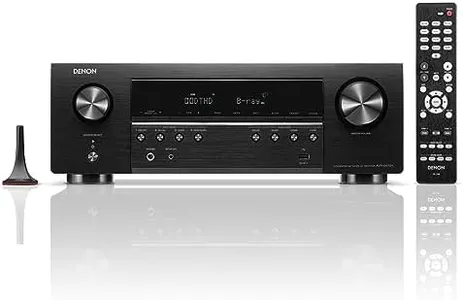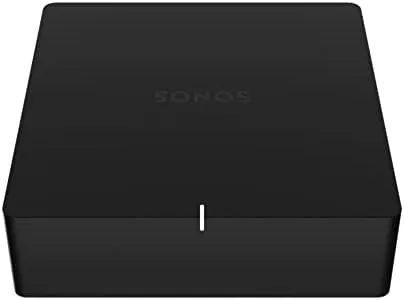We Use CookiesWe use cookies to enhance the security, performance,
functionality and for analytical and promotional activities. By continuing to browse this site you
are agreeing to our privacy policy
10 Best Multi Room Receivers
From leading brands and best sellers available on the web.Recommended lists
Buying Guide for the Best Multi Room Receivers
Choosing a multi-room receiver can be a great way to enjoy music or audio throughout your home, with the flexibility to play different sources in different rooms or the same audio everywhere. The key to picking the right one is understanding your space, how many rooms you want to connect, and what kind of audio experience you want in each area. Think about how you'll control the system, what devices you'll connect, and whether you want wired or wireless options. By focusing on the main features and how they match your lifestyle, you can find a receiver that makes your home audio setup both enjoyable and easy to use.Number of ZonesThe number of zones refers to how many separate areas or rooms the receiver can send audio to independently. This is important because it determines how many spaces you can control separately, letting you play different music in each room or the same music everywhere. Receivers typically offer anywhere from two to eight or more zones. If you only want to cover a couple of rooms, a two-zone receiver may be enough. For larger homes or more complex setups, look for receivers with more zones. Think about your current needs and whether you might want to expand in the future.
Power Output per ChannelPower output per channel tells you how much power the receiver can send to each speaker. This matters because it affects how loud and clear your audio will be, especially in bigger rooms or with larger speakers. Power is usually measured in watts per channel. Lower values (around 30-50W) are fine for small rooms or background music, while higher values (80W and above) are better for larger spaces or if you want higher volume and better sound quality. Match the power to your room size and how you like to listen to music.
Connectivity OptionsConnectivity options describe how you can connect your audio sources and speakers to the receiver. This includes wired connections like HDMI, RCA, and speaker terminals, as well as wireless options like Bluetooth, Wi-Fi, and streaming services. More connectivity means more flexibility in what you can play and how you control it. If you want to stream music from your phone or use smart home features, look for receivers with strong wireless support. If you have existing wired speakers, make sure the receiver has the right outputs.
Control MethodsControl methods refer to how you interact with the receiver—this could be through a remote, a smartphone app, voice assistants, or built-in touch panels. This is important for convenience, especially if you want to control music from anywhere in the house. Some receivers offer simple remotes, while others have advanced apps or work with smart home systems. Think about who will use the system and how tech-savvy they are, and choose a receiver with controls that fit your household.
Audio Source SupportAudio source support means what kinds of music or audio you can play through the receiver. This includes support for streaming services, internet radio, local files, and physical sources like CD players or turntables. The more sources supported, the more options you have for listening. If you mostly stream music, make sure your favorite services are supported. If you have a collection of CDs or vinyl, check for the right inputs.
Speaker CompatibilitySpeaker compatibility is about making sure the receiver works well with the speakers you have or plan to buy. This includes matching the power output, impedance, and connection type. Some receivers are designed for specific speaker setups, while others are more flexible. Check the receiver’s specifications and compare them to your speakers to ensure they’re a good match. If you’re starting from scratch, look for a receiver that supports a wide range of speakers.
